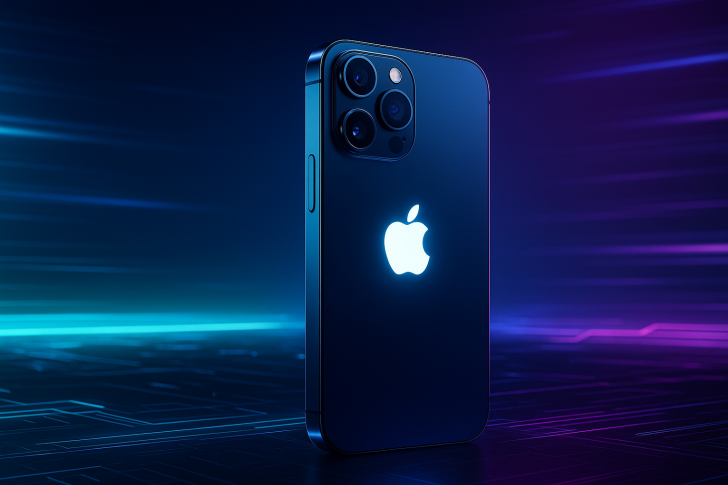⬤ Apple is gearing up for its most significant iPhone lineup transformation in years, breaking away from the traditional four-model September launch. Starting fall 2026, the company will debut three premium devices: the iPhone 18 Pro, iPhone 18 Pro Max, and its first-ever foldable iPhone. This marks a deliberate push toward a more diversified high-end segment after years of maintaining the same two-Pro, two-standard structure every September.

⬤ Bloomberg's Mark Gurman reports that Apple will follow the initial fall release with a second wave roughly six months later, bringing the iPhone 18, iPhone 18e, and possibly an updated iPhone Air to market. This two-phase approach essentially doubles the company's hardware refresh cycle, delivering five to six new models per year instead of the usual four. It's a notable departure from Apple's historically predictable release calendar and signals the company's intent to capture different price points and form factors throughout the year.
⬤ The timing reflects mounting pressure in the premium smartphone market, where foldable devices have gained serious ground globally and innovation windows have compressed. By positioning the foldable within the Pro lineup rather than treating it as a side project, Apple appears committed to making foldables a core part of its flagship strategy. The iPhone remains Apple's biggest revenue generator and the foundation of its services business, making this shift particularly significant for the company's broader ecosystem.
⬤ More frequent launches could fundamentally change how customers approach upgrades and reshape industry expectations around release timing. Apple's entry into foldables combined with an expanded product calendar suggests the company is adapting its decades-old playbook to stay competitive. The 2026 overhaul represents a strategic reset that could define Apple's hardware direction for the next several years.
 Peter Smith
Peter Smith

 Peter Smith
Peter Smith


